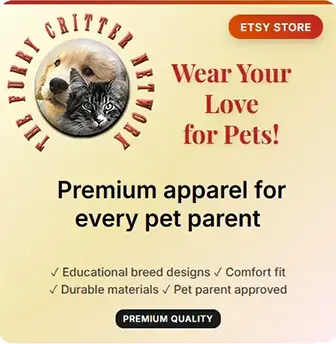The Domestic Longhair is not a breed but rather a classification term for mixed-breed cats with long coats. The name is pronounced doh-MESS-tik LONG-hair, with emphasis distributed across both words. This descriptive designation identifies cats whose genetic backgrounds include longhaired ancestry from various sources, creating flowing coats without the cat belonging to any specific pedigreed breed. The term serves as convenient shorthand for describing the general appearance of longhaired cats whose parentage is unknown, mixed, or includes multiple breeds creating cats who don't fit into specific breed categories.
The classification is also called Longhaired Mixed Breed, clearly emphasizing that these cats are not purebred but rather represent diverse genetic backgrounds combining various cat populations. This alternate name makes explicit that Domestic Longhairs lack the consistent characteristics, predictable traits, and documented pedigrees that define actual breeds. The term mixed breed accurately describes their status as cats whose ancestry includes multiple populations rather than selective breeding within closed populations creating breed consistency.
In some regions, particularly Britain and Commonwealth countries, mixed-breed cats regardless of coat length are affectionately called moggies. This informal term applies to all mixed-breed cats including Domestic Longhairs, Domestic Shorthairs, and cats with medium-length coats. The moggy designation emphasizes their status as everyday cats rather than pedigreed show cats, celebrating their diversity and accessibility. The term carries affectionate connotations, honoring these cats as beloved companions despite lacking breed papers or show potential.
Some people incorrectly refer to longhaired mixed breeds using pedigreed breed names like Persian mix, Maine Coon mix, or Norwegian Forest Cat mix based on physical resemblance. However, without documented parentage confirming such ancestry, these designations are speculative. A cat resembling a Persian may have no actual Persian genetics, with longhair genes coming from entirely different sources. The resemblance reflects convergent phenotypes rather than actual breed ancestry. Speculation about breed heritage without genetic testing or pedigree documentation is unreliable, making Domestic Longhair the more accurate classification.
Major cat registries do not recognize Domestic Longhairs as a breed because they aren't breeds requiring recognition. Registries exist to maintain pedigrees and breed standards for purebred cats developed through selective breeding within closed populations. Mixed-breed cats by definition lack these pedigrees and consistent characteristics. However, some registries including The International Cat Association allow mixed-breed cats to compete in household pet classes separate from pedigreed breed competitions. These competitions judge individual cats on their appearance, condition, and temperament rather than conformity to breed standards.
The distinction between Domestic Longhairs and pedigreed longhaired breeds is fundamental. Pedigreed breeds like Persian, Maine Coon, Norwegian Forest Cat, Ragdoll, and others represent populations selectively bred for specific characteristics with documented ancestry. Breeders maintain closed gene pools and breed to standards defining appearance and temperament. Domestic Longhairs lack this selective breeding, documented ancestry, and characteristic consistency. They represent the diverse genetic mixing occurring in random-breeding cat populations where longhair genes from various sources create cats with flowing coats but no breed-specific traits beyond coat length.
The value of Domestic Longhairs lies not in breed purity or show potential but in their individuality, accessibility, and often superior health from hybrid vigor. These cats don't require expensive purchases from breeders, instead being available through shelters, rescues, and free adoption from people whose cats had litters. Their mixed genetics often provide health advantages over purebred cats developed from limited founders. Each Domestic Longhair is unique, combining random genetic contributions creating one-of-a-kind companions whose value comes from their individual personalities and the bonds they form with their families rather than pedigrees or breed characteristics. The Domestic Longhair classification clearly identifies these cats as longhaired mixed breeds, celebrating their diversity while acknowledging they aren't members of any specific pedigreed breed.

